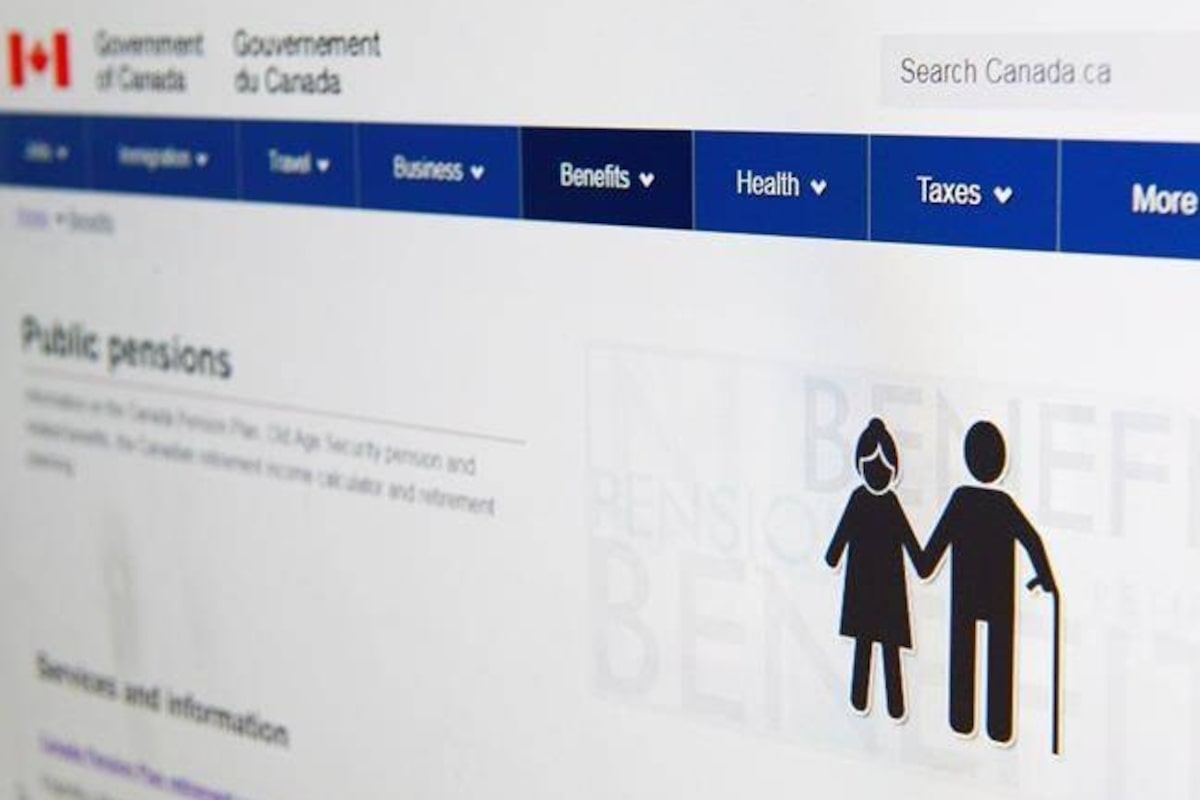A recent StatsCan report painted a positive picture of Canadian pension plans, but in reality there is a vast gulf between public and private sectors.The Canadian Press
Last month, Statistics Canada released a report on the state of registered pension plans. It painted a reasonably positive story, stating that the number of Canadians who were active members of an RPP rose to 7.2 million in 2023, a 4.2-per-cent increase from the previous year.
It went on to say that “the proportion of all paid workers covered by an RPP was 37.7 per cent in 2023, up from 37.5 per cent in 2022.”
With all due respect, this is like observing squirrels and moose in their natural habitat and concluding that the average height of forest animals is four feet. In reality, the vast gulf in pension coverage between the public sector and the private sector begs for a more detailed breakdown.
The above chart shows how pension plan coverage in the public and private sectors has changed over time. It first reached 90 per cent of all public sector employees in 1992 and has hovered around that figure ever since.
In 2024, the coverage rate was 87 per cent – 80 per cent covered by defined benefit plans and 7 per cent in defined contribution and hybrid plans. (DB pension plans are generally favoured since it is the employer who takes on all or most of the investment and longevity risk.)
The private sector is a totally different story. Pension coverage has never been high – it peaked in 1982 at 32 per cent – and has gradually fallen over time to the current level of 20 per cent.
Moreover, most of the private-sector employees who are covered by a registered pension plan are in a DC plan in which the average employer contribution rate is about 5 per cent of pay and employees bear all the risk. A DC plan is similar in its risk characteristics to an RRSP.
Based on Statscan figures, 8.2 per cent of private-sector employees are covered by a DB plan – but that might be an overstatement. A significant number participate in multiemployer pension plans or target benefit plans, which both have the appearance of being DB plans but are in fact DC plans since the contribution rate is fixed.
Canada’s retirement income system is often likened to a three-legged stool. One leg is government sponsored programs (CPP/QPP, OAS and GIS), the second is individual responsibility (RRSPs and TFSAs) and the third is workplace pension plans.
Based on the chart, it is difficult to conclude that the third leg is working well. And change is difficult when those responsible for it are covered by pension plans already – generous ones at that.
A more open recognition by governments of the current state of affairs might be the first step toward reaching a more equitable solution.
Frederick Vettese is former chief actuary of Morneau Shepell and author of the PERC retirement calculator (perc-pro.ca)
